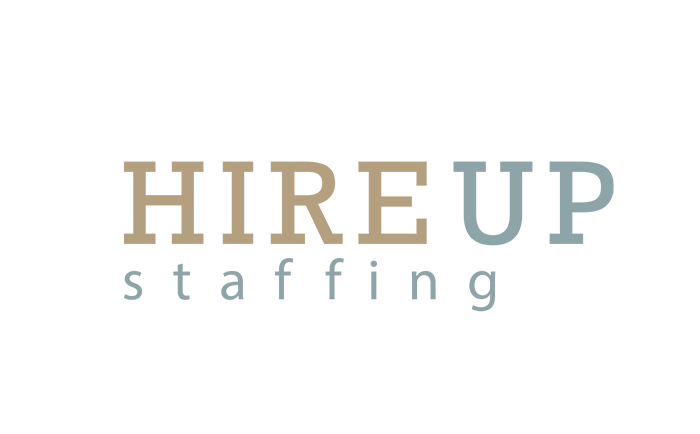
As the year is coming to a close, it’s time to take a look at some of the possible workplace trends that will happen in 2016. In no particular order, here are 10 things you might just see happen over the course of the next year. While not all of them may be positive, they are still worth a look in order to improve the workplace for current and future employees.
1. The Use of Social Media In Relation to Work-Related Decisions
Many companies are using social media to screen potential employees. It has been used for vital decisions (for example, some employees have been fired or were not hired for doing certain things posted in their Facebook page or posting too strong opinions in blog posts). There is a lot of improvement needed, especially in the legal department, but it has become more and more part of the norm.
2. Increased Focus on Health and Wellness
Many employers now provide either gym memberships or an actual gym within the office building. These kinds of perks allow employees to have health-conscious behaviors, thus helping them focus on their physical and mental well-being. Other offices have health awareness talks, clubs, and other similar initiatives.
3. Increased Number of Virtual Teams
In recent years, work has been more focused on what a person does rather than where the work is done. More and more people are working remotely, either from home or in a satellite office. This is true not just for large, multi-national companies, but also smaller organizations and startups that have a global team. The increasingly dynamic nature of virtual teams is becoming more common, so companies need to find ways to ensure these people are able to collaborate effectively and productively.
4. Baby Boomers Retiring In Huge Iterations
The leadership gap we are experiencing now will start to be filled, as many baby boomers will retire in numbers. Approximately 3.6 million are set to retire, allowing more than a quarter of the millennial working population to fill in such positions.
5. Workplace Flexibility
It’s hard to name a study or interview about work where workplace flexibility does not come up. The traditional 40-hour work week is almost obsolete, as it has been found that people work on average around 47 hours each week these days. In fact, a shocking 64% of managers expect their team to be available and reachable even during personal time. This leads to people feeling burned out and even wanting to switch employers based mainly on how flexible the workplace is. It won’t be surprising to find most companies will have some sort of policy on that within the next few years.
6. Healthy and Diverse Workforces
To remain competitive, companies need to recognize diversity in the workplace, as many people will hail from different backgrounds and even age groups. This may come as an advantage when it is properly fostered, making sure there aren’t any biases or discrimination.
7. Performance Management and Development
Companies are experiencing a changing nature of in performance management. It’s no longer an event-driven process where conversations are held once or twice a year. Instead, it is a living document, an ongoing conversation between employer and employee. There’s no one model applicable to all, so companies need to seek a process that will work for them.
8. Office Design as an Attractive Part of Compensation and Productivity
With technology on the rise, as well as generation-led preferences, many companies now see office design as something that should be efficient rather than physically large in order to stay atop the workplace trends. A company can save millions of dollars with these smaller yet multi-faceted office spaces which allow employees to have options as well (some work better in cubes, others in lounge-types).
9. More Gigs Instead of Full-Time Jobs
More professionals now seek temporary gigs rather than full-time jobs. It’s predicted that by 2020, about 40% of Americans will belong to the gig economy – such an example is Uber. For employers, this means you are allowed to hire based on demand, which costs less and there’s more competition for talent.
10. Work-Life Balance for Everyone
In relation to many previous points, the lines between personal and professional lives continue to blur, but still differ depending on the generation. Millennials are more prone to being connected 24/7, while older generations retain their ways and see this constant connection often as undesirable or unneeded. In this light, companies need to build environments that work for either – reaching out to both generations while maximizing performance for everyone’s sakes.



